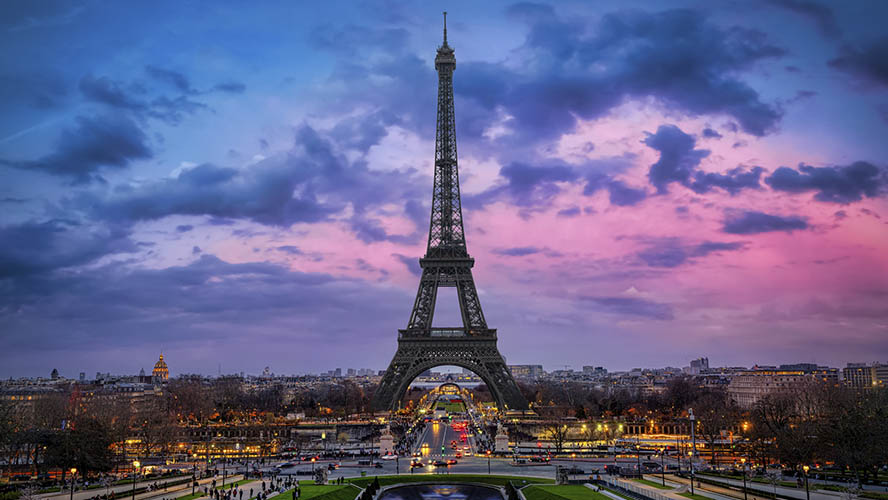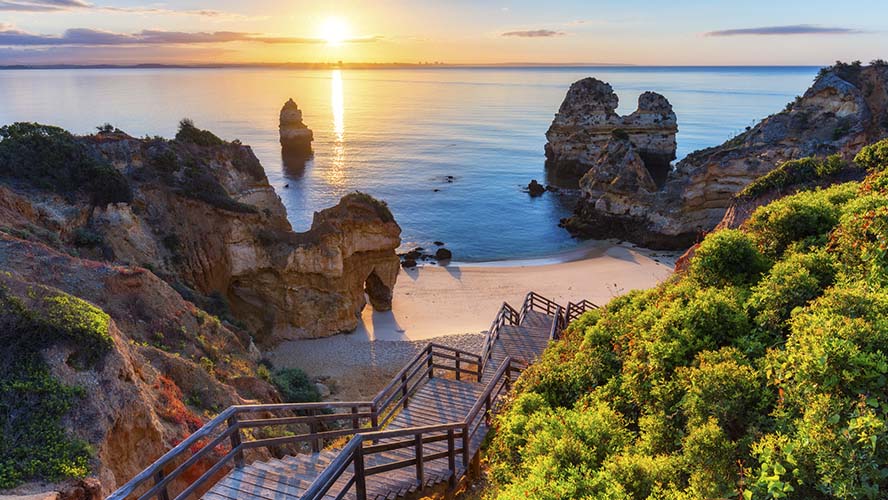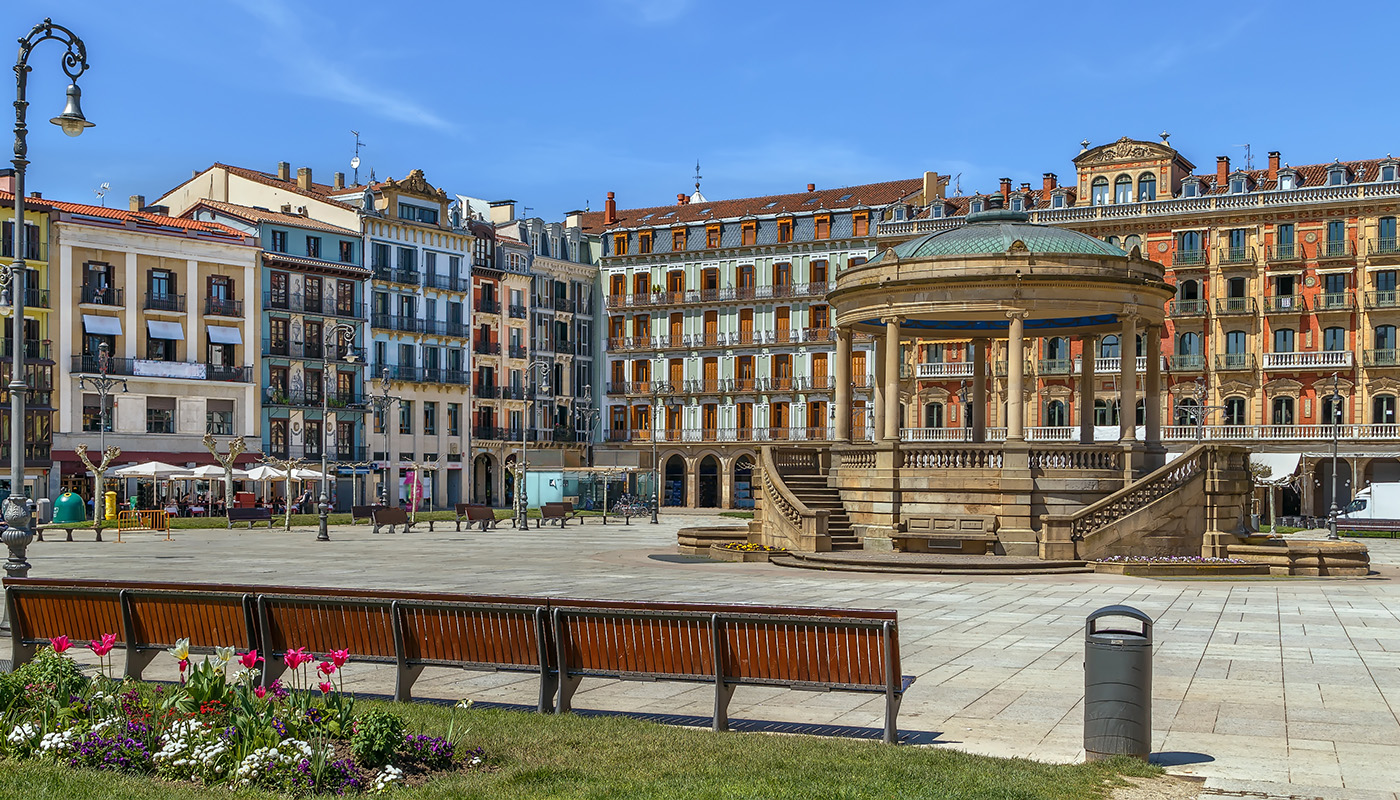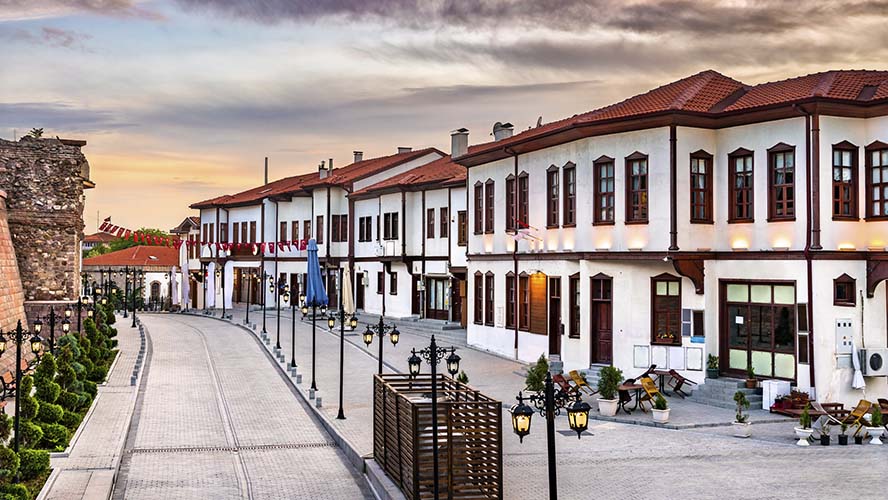At the foot of the Rila Mountains, about 120 kilometres south of Sofia, Rila Monastery is the largest and most iconic Orthodox monastery in Bulgaria. Founded in the 10th century by Saint John of Rila, a hermit revered as the country’s patron saint, this Orthodox monastery has been not only a spiritual stronghold but also a cultural and educational haven for centuries. Its location at an altitude of 1,147 metres, surrounded by lush forests and imposing peaks, adds a halo of mysticism to this site that has survived invasions, wars and the passage of time. Declared a UNESCO World Heritage Site in 1983, the monastery is a symbol of Bulgarian national identity, often referred to as ‘Bulgaria’s Treasure’.
For visitors, Rila Monastery is not just a tourist attraction but a gateway to Bulgaria’s soul, where spirituality and history blend in perfect harmony.
History and context of the Monastery: the sanctuary guarding the Bulgarian soul
The history of Rila Monastery dates back to the 10th century, when the hermit Ivan Rilski, later canonised as Saint John of Rila and worshipped as Bulgaria’s patron saint, decided to retire to the remote mountains to lead a life of contemplation and prayer. His followers, attracted by his reputation as a holy man, built a monastery in his honour near his cave, marking the beginning of one of the country’s leading spiritual centres.
During the Middle Ages, the monastery grew in importance thanks to the support of the Bulgarian tsars, who not only protected it but also contributed to its expansion. Under their auspices, the monastery became a haven for scholars and a learning centre, where manuscripts were copied and Slavic culture was preserved.

The Ottoman invasion of Bulgaria in the 14th century brought a period of decadence and looting. Nevertheless, Rila Monastery managed to revive thanks to the resilience of the monks and the help from the local community. In the 19th century, during the Bulgarian National Revival, the monastery underwent a monumental transformation with the construction of its main church and the addition of the frescoes that make it famous worldwide.
Nowadays, Rila Monastery remains an active place of worship, where the monks continue their spiritual life while guarding this treasure of humanity. Their legacy is a tangible reminder of the faith and perseverance of the Bulgarian people over the centuries.
How to get there: routes to the heart of the mountains
Rila Monastery is located around 120 kilometres south of Sofia, nestled in the Rila Mountains, which are part of Rila National Park. Getting there can be an experience in itself since the road winds through lush valleys, crystal-clear rivers and postcard-perfect scenery. The monastery stands right where the rivers Drushlyavitsa and Rilska meet.
From Sofia, the easiest option is to rent a car and drive along the E79 road to the village of Rila, from where a well-marked turn-off leads directly to the monastery. The journey takes approximately two hours and, on the way, you can stop at the Skakavitsa waterfalls or the village of Kocherinovo. If you prefer public transport, buses run daily from Sofia’s Ovcha Kupel station to the monastery, although the schedule may be limited.
What you can see during your visit: the Nativity Church, Hrelyo’s Tower and the museums.
Rila Monastery is a true living museum where every corner tells a story. Its most iconic building is the Nativity Church, whose black and white striped exterior is decorated with frescoes depicting biblical scenes and popular legends. Inside, the murals painted by Zahari Zograf, the most renowned artist of the Bulgarian National Revival, dazzle with their colour and detail.

Hrelyo’s Tower, which dates back to the 14th century, is another remarkable structure at the site. This medieval bell tower, with its imposing height of 23 metres and its chapel at the top, is a testimony to the defensive architecture of the monastery in times of uncertainty since this was where the monks took refuge in case of attack.
The Monastery Museums house a fascinating collection of religious objects, illuminated manuscripts and even ancient cooking utensils used by the monks. The site has three small museums: the History Museum, the Icon Museum and the Kitchen Museum. Among its most famous pieces is Rafail’s Cross, a masterpiece from 1803 that was hand-carved by a monk who spent 12 years of his life sculpting religious scenes in boxwood. There are 36 biblical scenes and 600 tiny human figures carved on the small cross.
Natural setting: spiritual routes at Rila National Park
Rila Monastery is impressive not only because of its architecture but also because of its natural surroundings. Located in the heart of Rila National Park, the monastery is surrounded by centuries-old pine forests, crystal-clear rivers and hiking trails that invite you to explore nature.
One of its landmarks is the cave of Saint John of Rila, located around three kilometres from the monastery. According to tradition, passing through the cave’s narrow crevice cleanses the sins of those who manage to do this. The route is a meditative experience in itself, with spectacular views of the valley.
Hiking enthusiasts can continue to the Seven Rila Lakes, a group of glacial lakes that are among the most beautiful in Europe. Although they are further away, their proximity to the monastery makes the visit a perfect combination of culture and nature.
Information for visitors: tips to make the most out of your experience
Rila Monastery is open every day of the year, with opening hours varying according to the season. Admission to the site is free, although some specific areas, such as the museum, have a token entrance fee. Comfortable and respectful clothing is recommended since it is still an active place of worship.
For those who want a more immersive experience, you can make a prior booking for the rooms that the monks make available to visitors. Although the amenities are basic, spending a night at the monastery provides a unique opportunity to connect with its spiritual atmosphere and enjoy the silence of the mountains.













































































